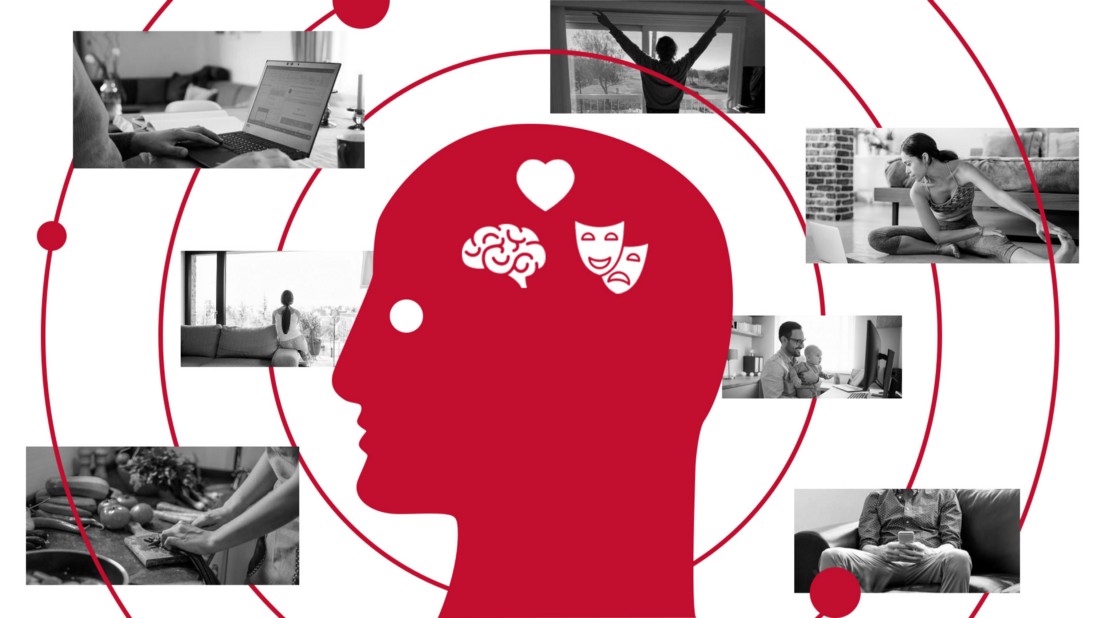
Maintaining our mental health while working from home
We need to find new ways of coping with the uncertain environments that leave us unsettled.
We are in a state of flux. This uncertainty, coupled with thoughts of what the ‘new normal’ will look like, is leaving us unsettled and uneasy — an imbalance that is a direct result of the dichotomy between our external and internal.
Externally, this situation has forced us to quickly acclimate to new ways of working and living. From the outset, we realised that movement restrictions would affect our physical well-being. Numerous tips on indoor exercises, online challenges, news articles, and expert comments sprang up even before we were able to fully understand the impact the virus would have on our lives.
But in the rush to stock up on toilet paper, face masks, sanitiser, and yoga mats, we forgot to look internally — at our mental health.
What is mental health?
There is a plethora of definitions by scholars, doctors, and mental health practitioners, but I find that a simple and easy-to-understand definition is that mental health refers to our cognitive, behavioural, and emotional well-being.
It is a gradient, starting from irrational behaviours like irritation and ending at mental disorders. A lot of us who were coping well in the beginning, now find ourselves simply unhappy. We know something is amiss but we can’t seem to pinpoint it. That is the imbalance — or weakening — of our mental health.
When we enjoy ‘good’ mental health, we have a sense of purpose and direction. We have the gusto and the energy to do the things we want to do, and the ability to deal with the challenges that we come across in our daily lives.
Conversely, logic would have us believe that the exact opposite feelings of failure, loss, uncertainty are what can loosely be considered as ‘bad’ mental health.
But does that mean feeling good is good mental health and feeling upset is bad mental health?
How is our mental health affected?
Quite simply, mental health is how we think, feel, and act. Think of it like a 3-way seesaw. Thinking (our rational brain), feeling (our emotional brain), and acting (our behaviours) all need to be in perfect balance. That is what leads to strong mental health.
During this global ‘lockdown’ period, we have come across colleagues, family, and friends who behave or react to situations in an inexplicable way. If we look at it from the perspective of mental health, we can see an imbalance between the three components that has led to these dysfunctional behaviours.
Consider the following examples that we have all faced at some point over the past few months:
Situation 1: We have to stay indoors and restrict movement to help ‘flatten the curve’
When we rationalise or think about it, we know it is the right thing to do. We act on it by staying indoors. However, our emotions betray us: we feel cooped-up or claustrophobic.
Situation 2: We need to continue working with the same efficiency and productivity.
In this situation we rationalise that we should be able to continue as before. We act as if it’s business as usual in our Zoom calls. However, this prolonged social isolation is causing us to feel distressed and worry about the near future.
An imbalance in at least one of the three elements (think, feel, act) of our proverbial seesaw is what leads to the weakening of our mental health.
What can we do to take care of our mental health?
When researching this, I was hit by a tsunami of information. I felt barely afloat trying to assimilate and act on the tips, suggestions, and routines by journalists and mental health experts.
What worked for me was to take a step back and speak with my peers. I facilitated mental health sessions with my global teams, listened to their pain points, and together we came up with some solutions. These have worked wonders for me and my colleagues and I hope you have some takeaways, too.
Let us address the situation through 3 lenses: Solidarity, Circuit Breaker, Equilibrium.
1. Strength from solidarity
Social distancing is leading to our social isolation. We feel that everyone else is managing so well and that we alone are facing a tough time. We are so caught up in barely having it together ourselves, we forget about others. Our social media feeds are flooded with pictures of people baking, painting, playing music and learning a new skill. That adds undue pressure on us as we feel we must come out the other side as transformed individuals.
Seeing is not believing
It’s imperative we realise that for every picture of a perfectly baked loaf of bread, there is a trail of burnt and raw loaves we do not see. Everyone’s situation is different and circumstances are different. We should not measure ourselves against the success of others, but define what success is for ourselves. We are our best judge, jury and executioner.
Everyone is in the same boat
The mental health sessions I ran with my teams made me realise one thing: we are all in the same boat. A lot of us are facing similar challenges and have the same periodic sense of dread. We feel cooped-up and lonely without human interaction, except with those we are quarantined with. We don’t want to burden them with our challenges and thus end up repressing our fears and apprehensions.
Instead, connect with your loved ones, teammates and other colleagues who you don’t work with that often. Set up a check-in session and share what you are feeling and ask them to do the same. You will be surprised by how much those 15 minutes can make a difference in alleviating our negativity.
2. Implement circuit breakers
A lot of us experience the burn-out that results from the blurring of boundaries between work and home. For many this is the first time we have had to work from home for an extended and indefinite period of time.
Before, we had little breaks — or circuit breakers — built into our daily schedule. Whether it was the commute to and from work, lunch time, water-cooler talks or travel to external meetings, these little breaks helped us switch off from our tasks and help the mind rejuvenate.
Now, with nowhere to go, we have to deliberately insert these circuit breakers into our routine before our mind blows a fuse.
Effectively block your calendars
In our offices, colleagues could just look over to see if we were busy before coming over to discuss something. Now our days are filled with constant notifications from instant messaging platforms. We get anxious every time we receive a notification and have this urge to respond immediately.
The thing to remember is that your work is measured by output, not the time and effort it takes you to complete the task. So if you are working on a particular project or need to focus on a client call, block your calendars for that time and switch off your notifications. Lunch time, ‘me-time,’ and a clear cut-off time should all be clearly marked on our work calendars.
Rest and recuperate
The best circuit breaker, believe it or not, is an actual break. If you finish your meetings 5 minutes earlier than scheduled, use that time to switch off. Don’t go straight to your emails and messages. Take a deep breath to help centre your thoughts, stay hydrated, stand up and stretch. These sound simple but most of us forget to do so while we work from home.
These purposeful breaks did wonders for my productivity. I stopped feeling drained halfway through the day and felt even sharper and more attentive by the end of it.
Utilise your leave
Since travel is not an option, we are forgoing our leave or pushing it to the end of the year. What we forget is we need to mentally and virtually disconnect. Just taking a day off and spending it away from notifications, emails, and meetings really helps relieve stress.
But keep it simple: don’t pack your day off with chores and tasks to accomplish. Deliberately plan some time to recharge your batteries.
3. Find your equilibrium
At the end of the day, you know yourself the best and need to do what works for you. If you are unable to take a full day’s leave, take half a day. If your work requires you to be contactable on a daily basis, set specific times to check your email and don’t respond immediately to every form of communication.
Most importantly, re-calibrate from time to time. If you find a suggestion not working for you, modify it to suit your needs.
Lastly, when you try something new, find an accountability partner — family member, friend, or colleague — who can help ensure you are on track to changing your habits.
This pandemic has tested our resolve; it has forced us to assess our strengths and weaknesses. A lot of us feel helpless because we have to live with uncertainty.
It’s, therefore, imperative that we address the elephant in the room: our weakening mental health. We need to focus on what we can control. We should gain strength from the fact that our situation is not unique. We should set better routines that have thoughtful, built-in breaks. Ultimately, we should push ourselves with the awareness of our own limitations and capabilities.
Change in any form is not easy, particularly when it has been forced upon us. We need to think about realigning ourselves and our thoughts, emotions, and behaviours to ensure we maintain our mental health.
Together we can!
